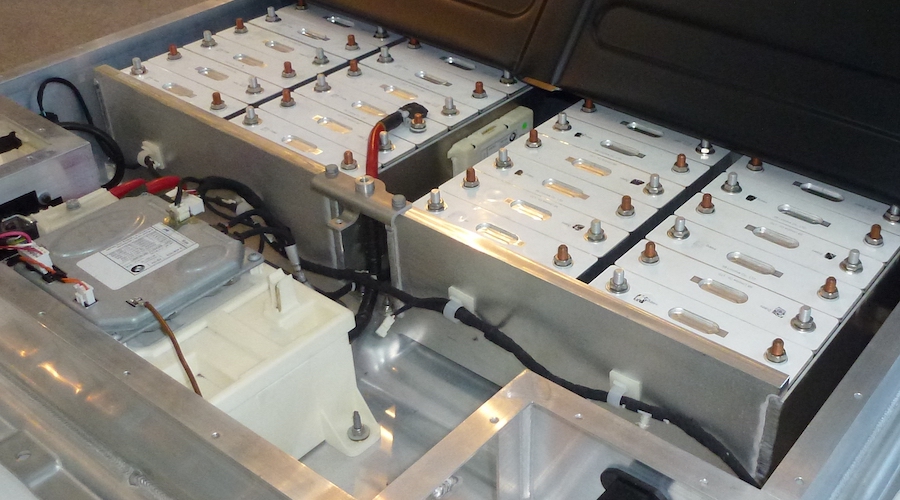
Researchers at Tulane University have developed a new family of two-dimensional materials that has promising applications, including in advanced electronics and high-capacity batteries.
In a paper published in the journal Advanced Materials, the scientists explain that two-dimensional materials are nanomaterials with thickness in the nanometer size (a nanometer is one-millionth of a millimeter) and lateral dimensions thousands of times the thickness.
The name of the new family of 2D materials is transition metal carbo-chalcogenides or TMCC. It combines the characteristics of two families of 2D materials—transition metal carbides and transition metal dichalcogenides.
The latter is considered promising, especially for electrochemical energy storage and conversion. However, one of the challenges in utilizing them is their low electrical conductivity and stability.
On the other hand, transition metal carbides are excellent electrical conductors with much more powerful conductivity. Merging the two families into one is anticipated to have great potential for many applications such as batteries and supercapacitors, catalysis, sensors and electronics.
“Instead of stacking the two different materials like Lego building blocks with many problematic interfaces, here we develop a new 2D material that has the combination of both compositions without any interface,” lead researcher Michael Naguib said in a media statement.
To do so, Naguib and his colleagues used an electrochemical-assisted exfoliation process by inserting lithium ions in-between the layers of bulk transition metals carbo-chalcogenides followed by agitation in water. This means that unlike other exotic nanomaterials,the process of making these 2D TMCC nanomaterials is simple and scalable.